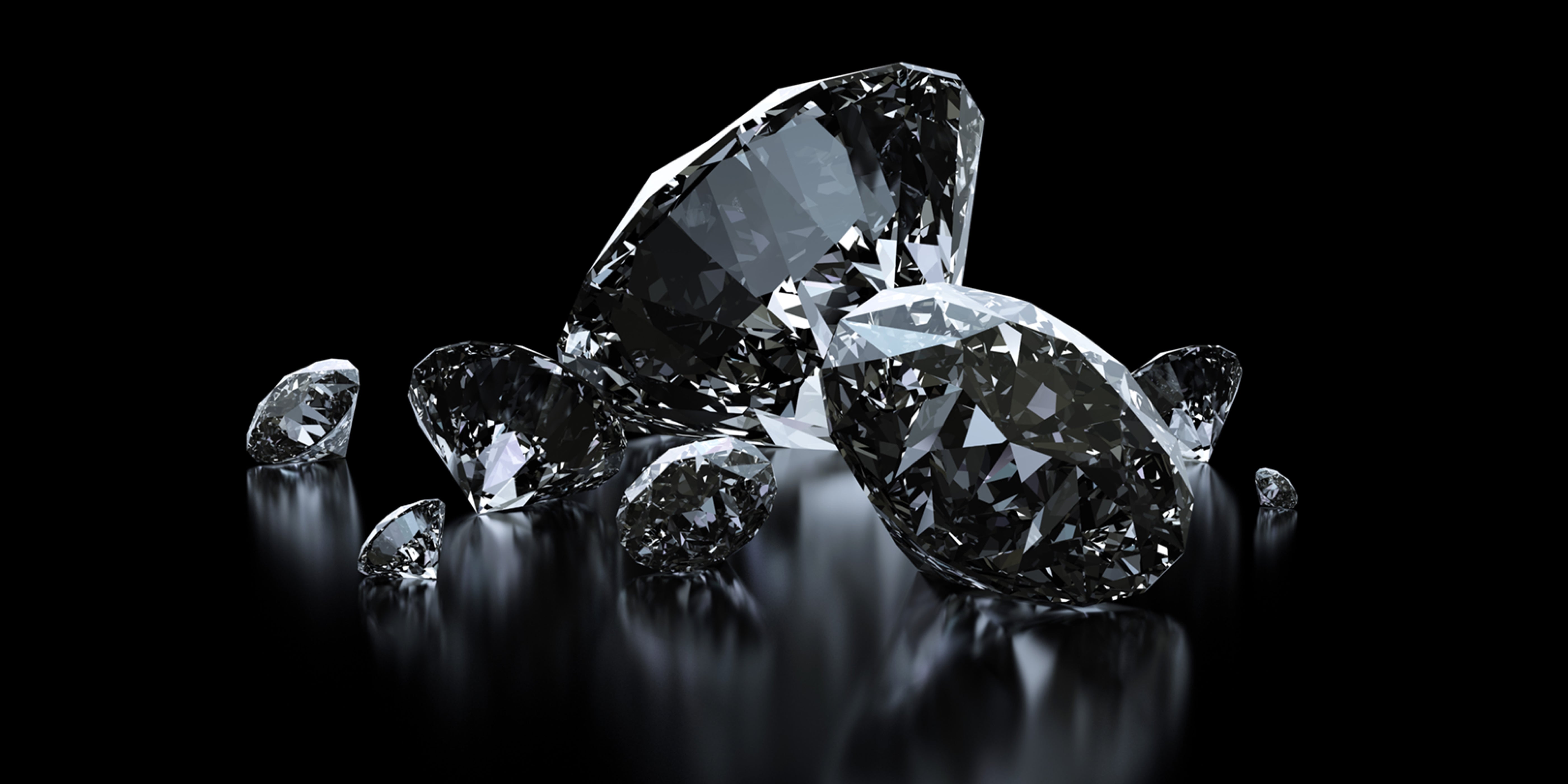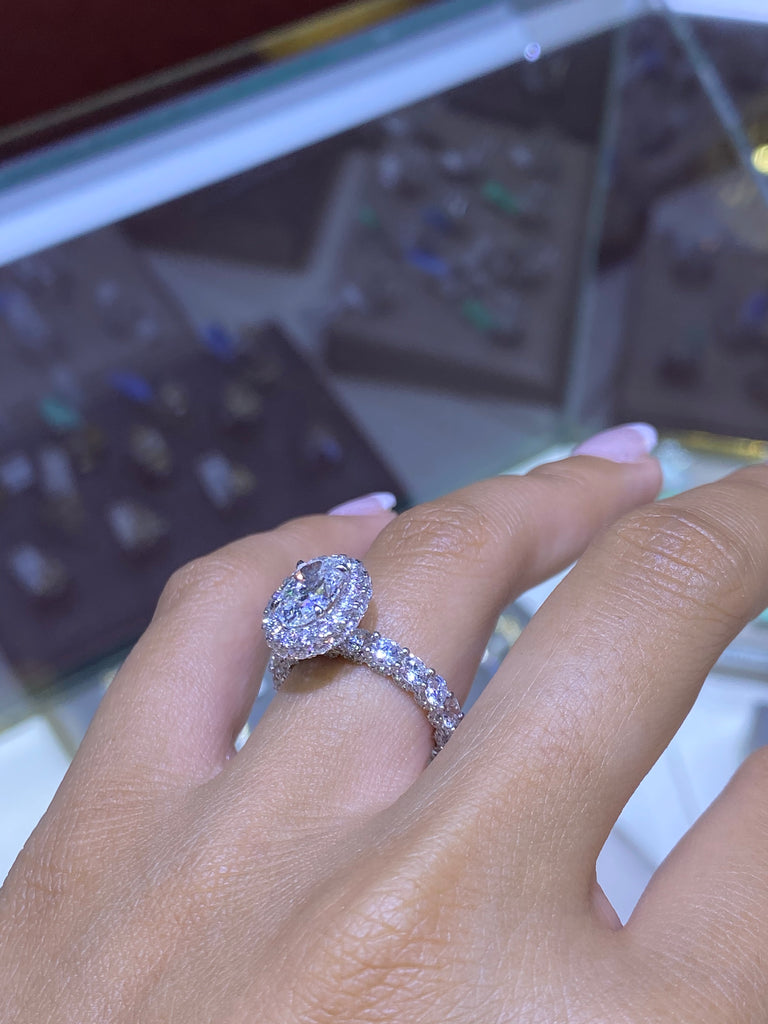Lab-grown diamonds have revolutionized the diamond industry, offering consumers an ethical and sustainable alternative to mined diamonds. To make an informed decision when purchasing a lab-grown diamond, it is essential to understand the 4Cs: Carat, Cut, Color, and Clarity. These criteria determine the quality and value of a diamond, whether it is lab-grown or natural. In this comprehensive guide, we will delve into each of the 4Cs, providing detailed insights to help you choose the perfect lab-grown diamond.
Carat: Measuring the Diamond’s Weight
Carat is the unit of measurement for the weight of a diamond. One carat is equivalent to 200 milligrams. Carat weight is a significant factor in a diamond’s value, as larger diamonds are rarer and therefore more expensive. However, carat weight alone does not determine the diamond’s overall quality or appearance. When considering carat weight, it is crucial to balance it with the other three Cs to find a diamond that meets your expectations for size, brilliance, and clarity.
Factors Influencing Carat Weight:
- Cut Quality: A well-cut diamond can appear larger than a poorly cut diamond of the same carat weight.
- Shape: Different diamond shapes can influence how large a diamond appears. For example, elongated shapes like marquise or oval can make a diamond appear bigger.
- Setting: The way a diamond is set in jewelry can also affect its perceived size.
Cut: Crafting Brilliance and Sparkle
The cut of a diamond refers to how well it has been crafted from its raw form into a finished gemstone. The cut is crucial as it directly influences the diamond’s brilliance and sparkle. A well-cut diamond reflects light beautifully, creating that coveted sparkle. Cut quality is graded on a scale from Excellent to Poor.
Key Elements of Diamond Cut:
- Proportions: The relationship between the diamond’s depth, table size, and other facets.
- Symmetry: The precision and alignment of a diamond’s facets.
- Polish: The smoothness of the diamond’s surface.
Types of Diamond Cuts:
- Round Brilliant: The most popular and brilliant cut.
- Princess: A square-shaped cut known for its sharp corners and modern look.
- Emerald: A rectangular cut with stepped facets, offering a unique clarity and elegance.
- Cushion: A soft square or rectangular cut with rounded corners, known for its vintage charm.
Color: Evaluating Diamond Hue
The color of a diamond is graded on a scale from D (colorless) to Z (light yellow or brown). The less color a diamond has, the higher its value. Colorless diamonds are extremely rare and highly prized. However, 4Cs lab grown diamonds offer the advantage of being available in a range of colors, including fancy colors such as blue, pink, and yellow.
Understanding Diamond Color Grades:
- Colorless (D-F): These diamonds are extremely rare and display no color, making them the most valuable.
- Near Colorless (G-J): These diamonds have slight traces of color that are difficult to detect with the naked eye.
- Faint (K-M): Diamonds in this range have a noticeable warmth or yellow tint.
- Very Light (N-R) and Light (S-Z): These diamonds have more apparent color, often used in vintage or antique-style jewelry.
Clarity: Assessing Diamond Purity
Clarity refers to the presence of internal or external imperfections, known as inclusions and blemishes lab made diamonds, respectively. The clarity grade of a diamond ranges from Flawless (no inclusions or blemishes visible under 10x magnification) to Included (inclusions and/or blemishes visible to the naked eye).
Clarity Grades:
- Flawless (FL) and Internally Flawless (IF): No inclusions and only insignificant blemishes visible under 10x magnification.
- Very Very Slightly Included (VVS1 and VVS2): Inclusions are extremely difficult to detect under 10x magnification.
- Very Slightly Included (VS1 and VS2): Inclusions are minor and range from difficult to somewhat easy to detect under 10x magnification.
- Slightly Included (SI1 and SI2): Inclusions are noticeable under 10x magnification and may be visible to the naked eye.
- Included (I1, I2, and I3): Inclusions are obvious under 10x magnification and may affect transparency and brilliance.
Choosing Clarity in Lab-Grown Diamonds: Lab-grown diamonds often have fewer inclusions compared to natural diamonds due to the controlled environment in which they are created. This means you can often find a higher clarity lab-grown diamond at a more affordable price.
Benefits of Lab-Grown Diamonds
Lab-grown diamonds offer several advantages over mined diamonds:
- Ethical and Sustainable: Lab-grown diamonds are created in controlled environments without the environmental and ethical concerns associated with mining.
- Affordability: Generally, lab-grown diamonds are less expensive than their natural counterparts of the same quality.
- Quality: Lab-grown diamonds can be created with fewer inclusions and better overall quality due to advanced technological processes.
Conclusion: Making an Informed Choice
Understanding the 4Cs of lab-grown diamonds—Carat, Cut, Color, and Clarity—is essential for making an informed purchase. Each of these factors plays a critical role in determining the overall quality, appearance, and value of a diamond. By considering all four Cs, you can find the perfect lab-grown diamond that meets your needs and preferences.













